How do you know it’s February? Of course snowdrops, the days are drawing out and Valentines. Similarly it is when the High Street remembers there are things called weddings that happen in the summer and like to bombard us with products of various merit.
Journalists are fed information about weddings and duly report because, of course, Meghan… Suddenly anyone that didn’t have any opinion about weddings or specifically bridal fashion is over interested and under informed.
Such an article drifted before me this morning and I felt a spot of myth busting was required.
“There’s an image of a blushing bride preparing for her wedding day that tends to permeate pop culture. It involves a cadre of bridesmaids, a plush room in muted pastels, some prosecco and a large, expensive white dress. The bride beams – she has never seen herself look this beautiful, or this much like a stereotypical princess. From a young age, girls are informed that a wedding means tulle and organza and lace, more money than you’ll ever spend on an item of clothing in one fell swoop.” – The Pool
There’s an image of a bride that tends to permeate mainstream media that is a convenient cipher for journalists to use when they want to talk about the wedding industry, when they have done no research on it, have never worked in it and acknowledge they know nothing about it. Even from the point of view as a consumer.
It is also precisely the opposite of this image – those of bare naked brides wearing sheer frocks with their perfect nipples, plaits and flower crowns making equal appearances that are really racing pulses right now. Effortless hipsters and trust fund travellers who just threw their look together for a hefty price.
Much like when America sneezes financially and the rest of the world catches a cold, US wedding trends spread equally virally. The wedding industry in the US caters to 2.5 million weddings a year. They are going to control the aesthetic by virtue of size – much like the film industry – therefore the “cadre of bridesmaids” has a very specific origin – which is not in fact British. Small armies of bridesmaids are an American tradition. The squad of eight or more attendants is a trend driven by US wedding blogs, Pinterest and Instagram. What is less clear is that in the US it is the bridesmaids’ job to fund the dress, but in the UK, this has translated to it being an additional cost burden for the bride hence driving down the per capita budget. The High Street loves this.
The images of “plush rooms” ever present in stock wedding images, are driven by the fact that the highly visually stunning weddings that generate their own fan base and following online are those of cool brides (of various ages, sizes, sexual orientations), that have had the good sense to choose a great photographer. Photography being something they usually pay decent professional rates for. As a by-product of this, ‘pin-able’ images are created that have their own trajectory across social media. Therefore these brides will tend to belong to a socio-economic bracket that allows a touch of plush to happen. Or a touch of Yurt. Or a touch of Barn. Or an unreconstructed industrial space.
Of course, please add a snide side swipe at “Prosecco” because, like gin and tea, where would a wedding article be without a sentiment more suited to a meme or a mug?
Let us take a moment to consider the sartorial crime of ‘a large expensive white dress?’ Or is this a crime against gender?
As a purveyor of wedding apparel, I am puzzling over what this means. Does one equate the material size of a garment with something that should be mocked? Do you believe that with every increase in square centimetres of fabric, that someone’s IQ, feminist credentials and/or good taste diminishes? Simply put, there are good dresses and bad dresses and if I were going to take a pot shot at dresses that were of questionable virtue, I would be more tempted to look at where they made, how well they fitted and how they made the wearer feel.
I can’t even begin to define ‘expensive’, but ‘over-priced’ and ‘out of budget’ are two very different arguments. Price per wear is difficult to justify for any wedding dress at any price. It is a wear-once dress and a future heirloom. If handmade in the UK or Europe and a bespoke piece it is likely to have been made by someone on a living wage and every stitch, every thread’s provenance can be tracked. That person, in the vast majority of cases will have been a woman, and the dress itself most likely sold by a woman through a business owned by a woman. So whilst never being a wardrobe staple it may be a onetime chance to wear a bespoke creation supporting the creativity of women.
Until you have seen the power of good dress on the wearer’s self esteem or its mystical power to transform, you will never know the witchcraft in the weave.
Granted, white is symbolic and weirdly unusual. Rarely do we wear it head-to-toe. Unlike black, which I wear daily. It registers on an emotional level; it moves the wearer and the audience equally. Like crosses or stars or unicorns or hammers and sickles or rainbows or pink ribbons or tattoos – a wedding dress is a totem, a charm and a wish in one. Until you have seen the power of good dress on the wearer’s self esteem or its mystical power to transform, you will never know the witchcraft in the weave.
In the bridal preparation shots I have had the privilege of being shown – the brides neither “blush” nor “beam”. Both blushing and beaming are stereotypical images that fit neatly into the Freudian Madonna-whore complex. The bride as a timid virgin being handed over as a chattel in an act she is powerless to resist or a sexually knowing gold-digger who is smugly reassuring herself that she has slayed this princess thing. The most intimate preparation shots are of generations of women; close friends and family vulnerable, emotional and intimate. These highly charged moments usually show contemporary reportage photography at its very best.
From a young age girls incline towards pretty things. Speak to any mother of girls that has fought a losing battle in their not wearing their Disney-film-tie in princess dress to Sainsburys. Whether through nature, nurture or the savage influence of tiny preschool Mean Girls – young kids, both girls and boys, like to dress up. My sons as toddlers were found staggering around in heels and frocks. My kids experienced divorce whilst all the while I owned a bridal shop and they were able to distinguish ceremonial dresses from married life. Remarkably, they were neither brainwashed into loving weddings or put off committed partnerships. Kids also love dressing as dinosaurs, superheroes and believe in Father Christmas. Regular reprimands of palaeontologists, comic book writers and the Industrial Christmas Complex seem rather less common than the wedding dress industry and bridal boutique take downs, though.
Truly, is a wedding dress the most money you spend on yourself? Is it more than you would spend on a decent road bike? A couple of statement handbags? Two pairs of prescription varifocals? Some kit for your horse? Leathers for your motorbike? A years worth of Cosplay? Your tattoos? Your hair? Festival tickets…
What is it with the beautifully sourced, ethically produced, self gifting treat of a dress (or separates or a jumpsuit) that enrages one so?
Is it that saying yes to another man or woman to be your next of kin is evidence of simple mindedness? Are we traitors to feminism? Is it that fashion is fatuous or foolish? Or is it that you swallowed the press release from the High Street brands hook, line and sinker?
“At least, that’s what the powerful wedding-industrial complex wants you to think. Their trick is to build one single day up into something life-defining and worth spending thousands on.” – The Pool
Do you believe so strongly that Phillip Green at Top Shop or that Ted Baker want to help our mortal soul by helping us get married economically? Or do you think that the imminent collapse of High Street retailing with Debenhams, House of Fraser and New Look all issuing profits warnings might have something to do with them trying to grab market share in new headline grabbing areas like bridal fashion?
In the UK, there is no “powerful wedding-industrial complex”. It is a female-first collection of artisans and producers who, from dress designers to stationers, florists to foodies, photographers to boutique owners could not produce a more impressive group of strong women that handle business with empathy and expertise for their clients.
[instagram url=https://www.instagram.com/p/BfAxakgFrEU/?taken-by=missbushbridal/ hidecaption=true]
Articles that proliferate at this time of year seem hell bent on telling one thing. The price.
Forever, brides have had an alternative price point option – they have worn pre loved, vintage, family heirlooms, bought in sample sales, upcycled or just chucked on their jeans.
Take the famous Oscar Wilde quote that a cynic is “a man who knows the price of everything and the value of nothing.”
The very idea that any sensible woman should consider any ethical, philosophical, aesthetic or experiential values on a par with, or more important than, the price of a wedding dress, seems lost on the author of this piece.
Dresses should be rare, beautiful, emotionally loaded and adored for a lifetime. This means that they could range from a few hundred pounds to several thousand but the ability to custom make, to support, to care and to fit and to finish or to provide an alternative to the size 8 to 16 off the peg option is not one that can be delivered at High Street prices.
Whilst the High Street continues to decline, all the while spending more money on sophisticated data collection tools (“can I email your receipt to you?”) to get to know its client, a really great wedding boutique already knows you, as a bride and a woman, and knows you are nothing like the two dimensional caricature the fashion press would have you believe.
The minute I treat my intelligent, fiercely fabulous clients like a child with a princess complex or a cost conscious piece of data I am done for and so is the independence of our boutique.

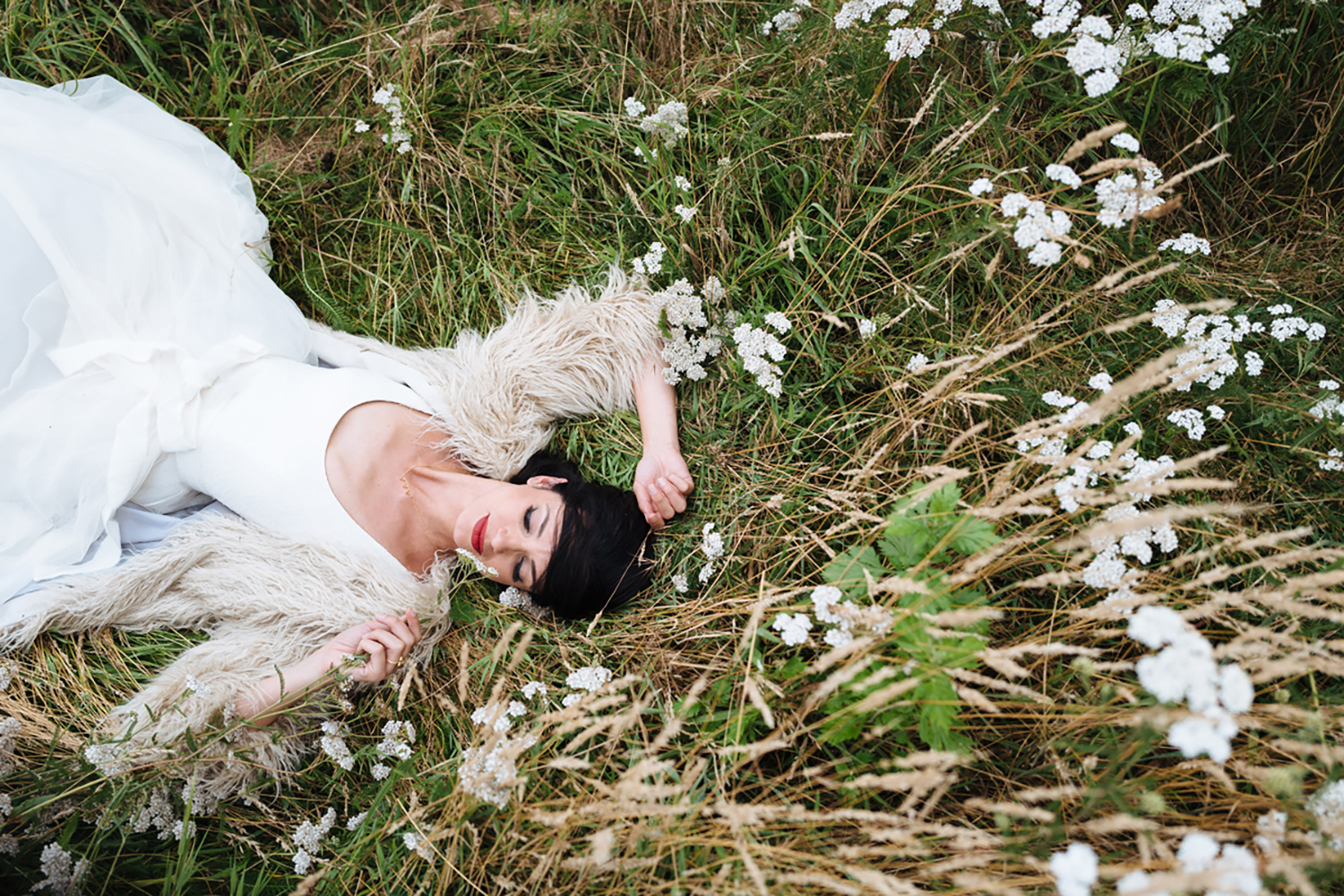

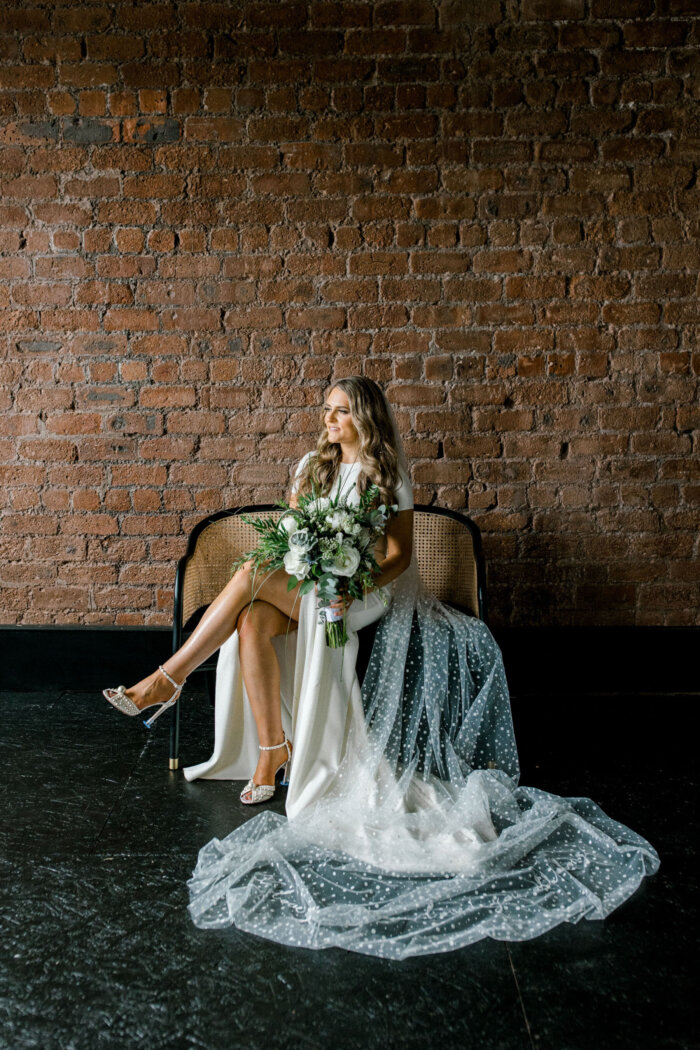
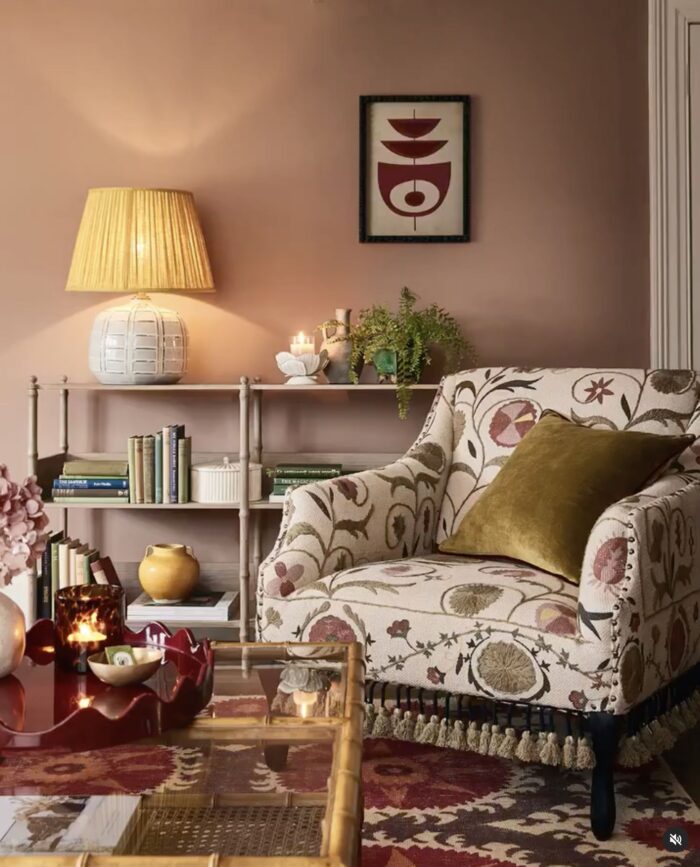
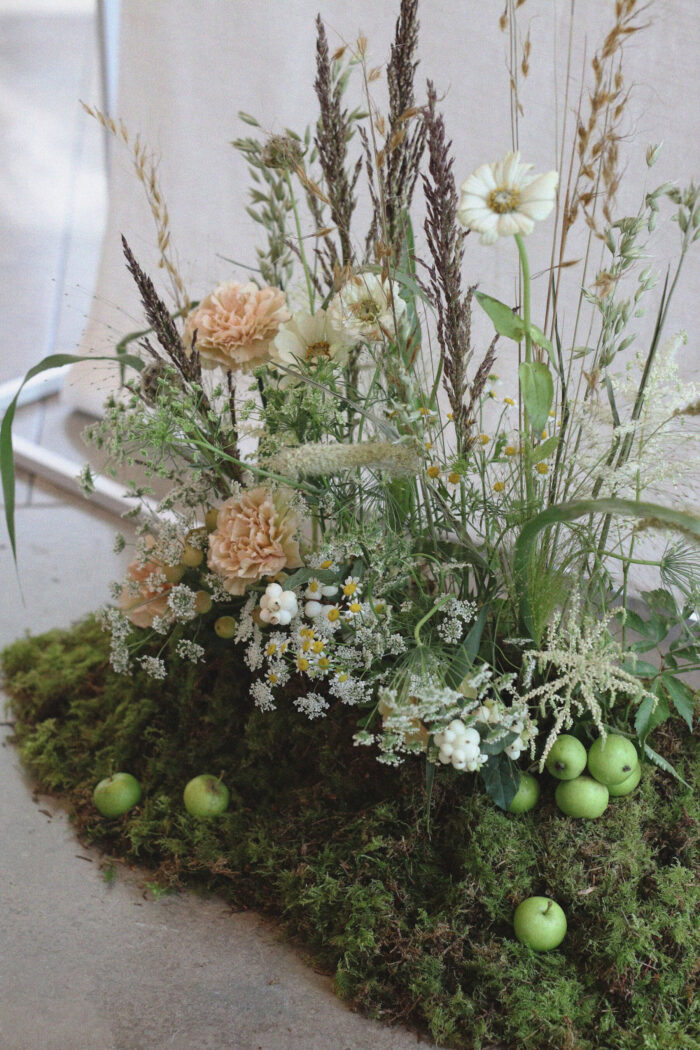
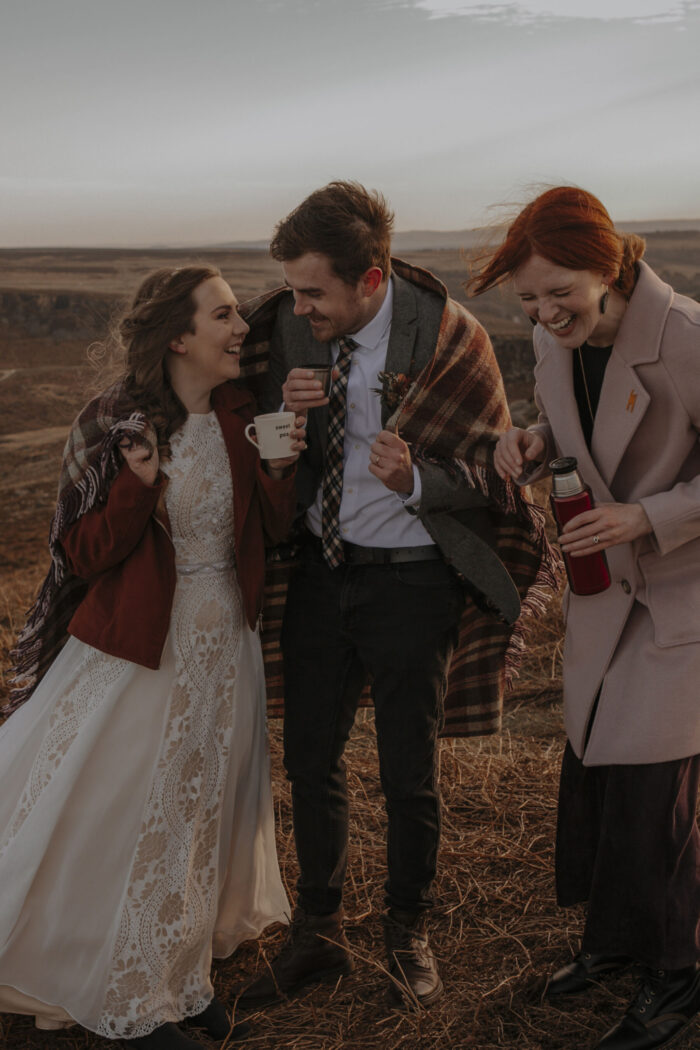
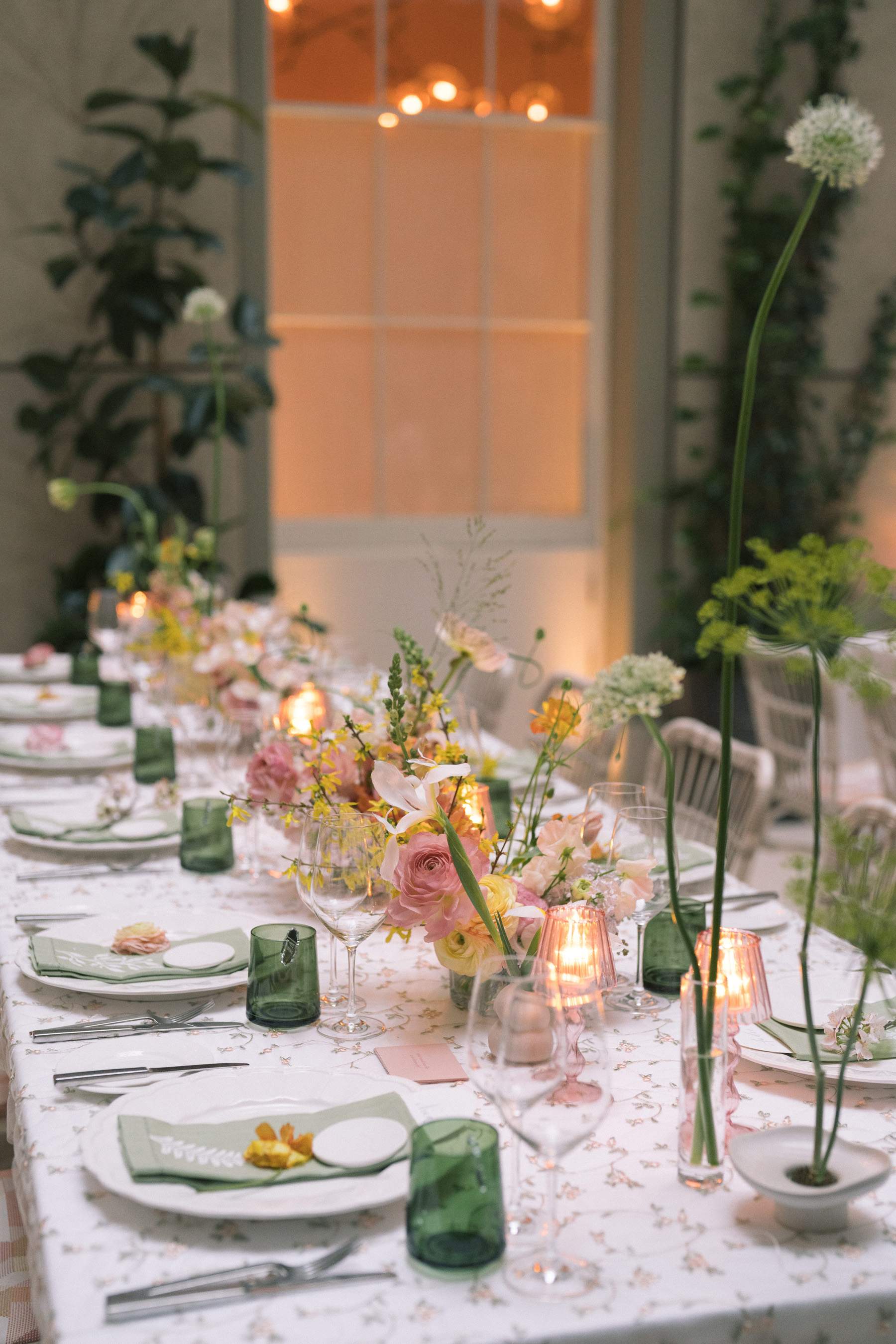
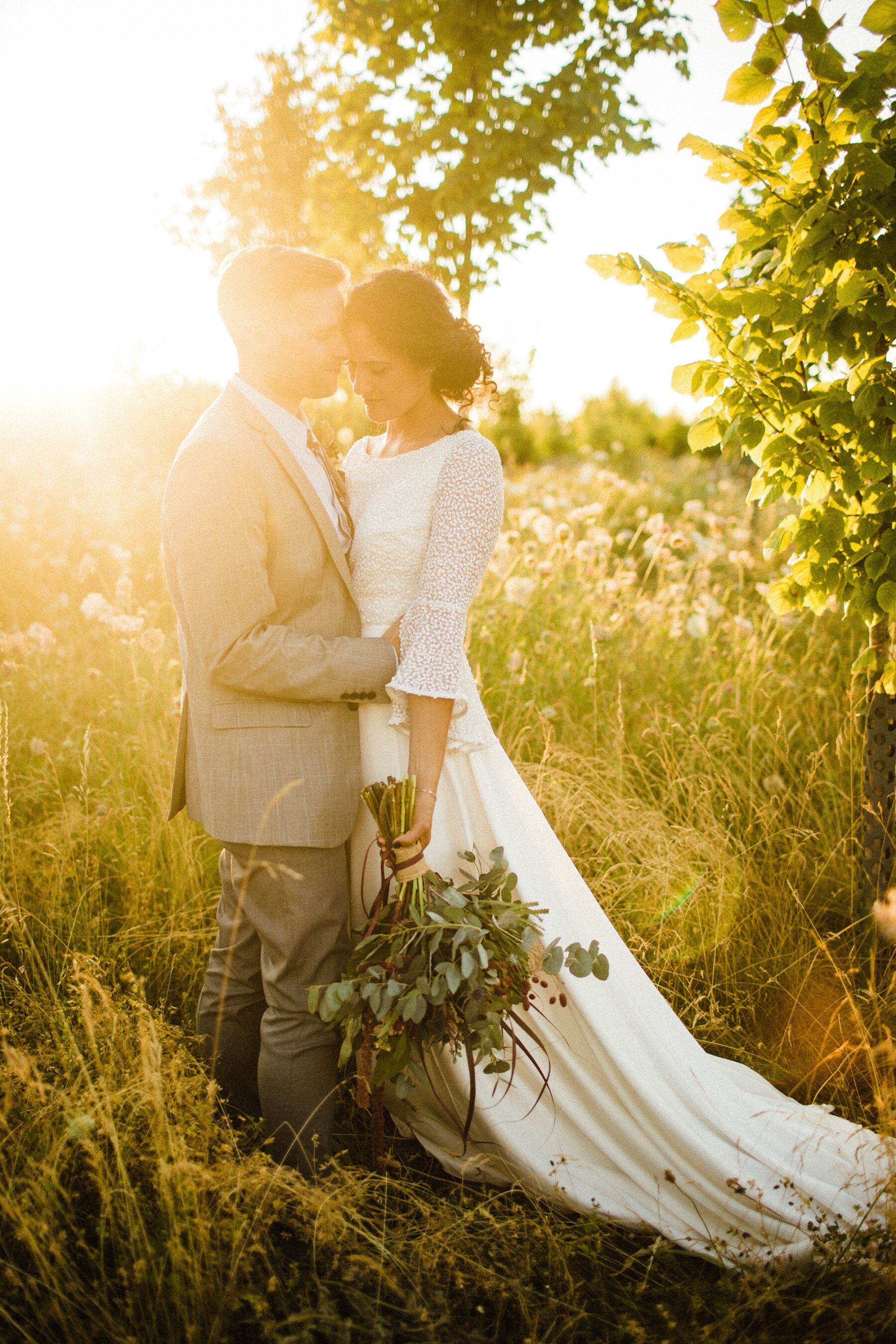
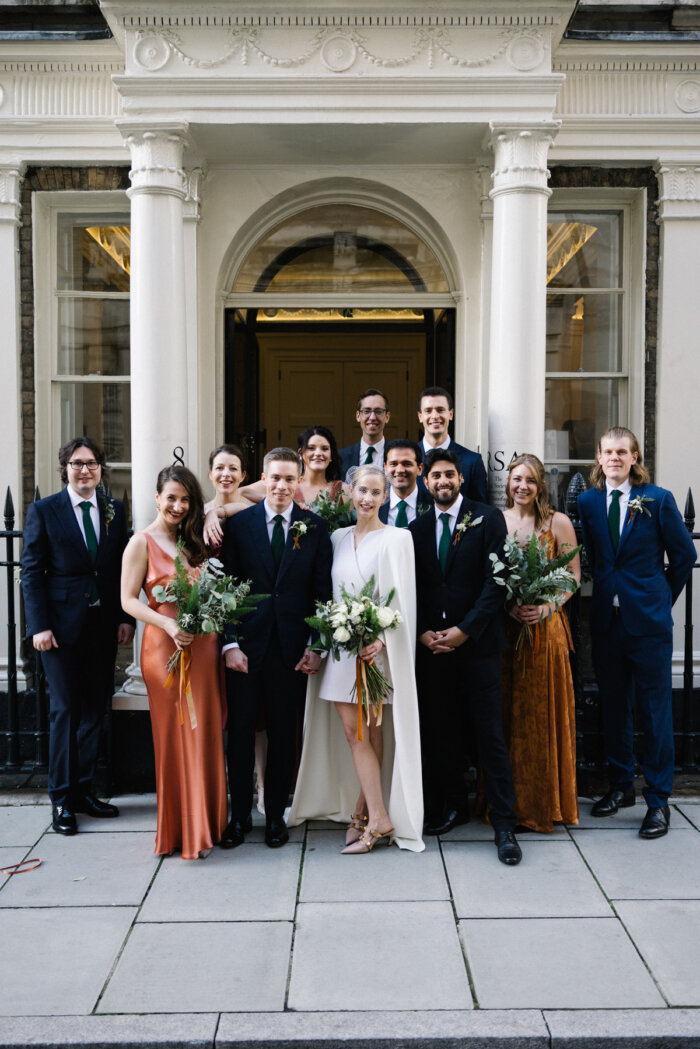
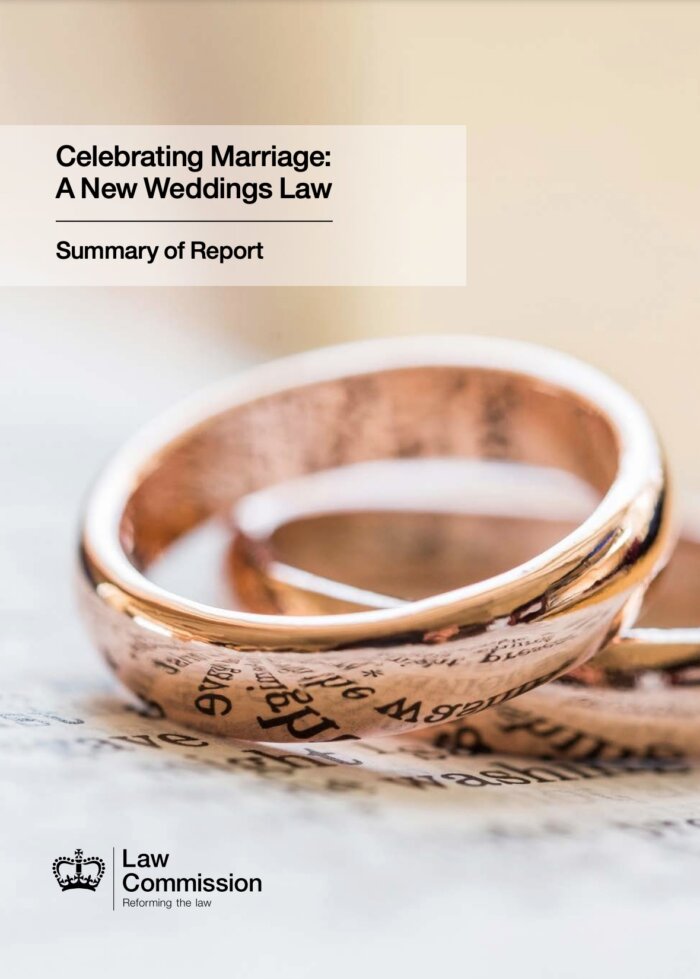
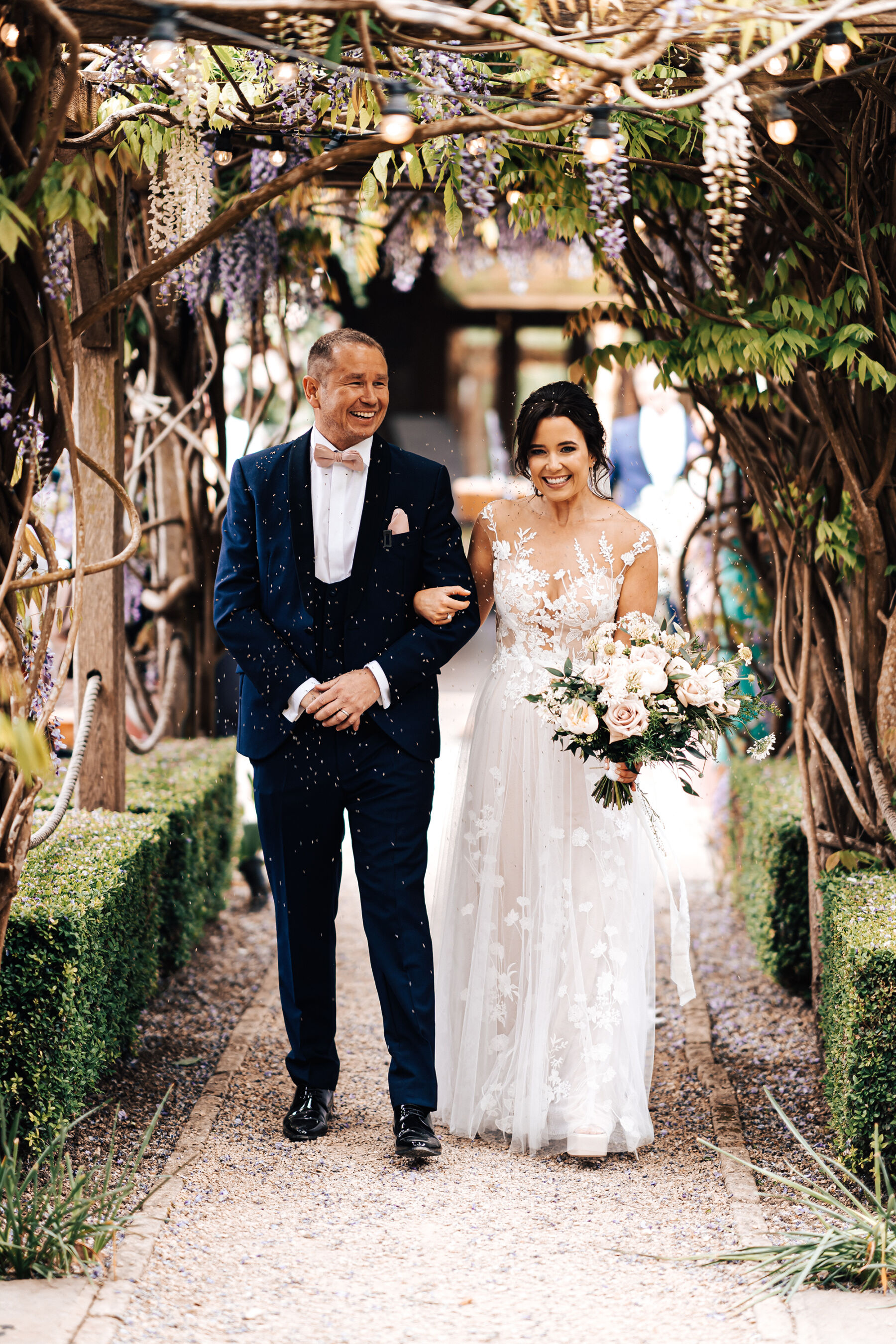
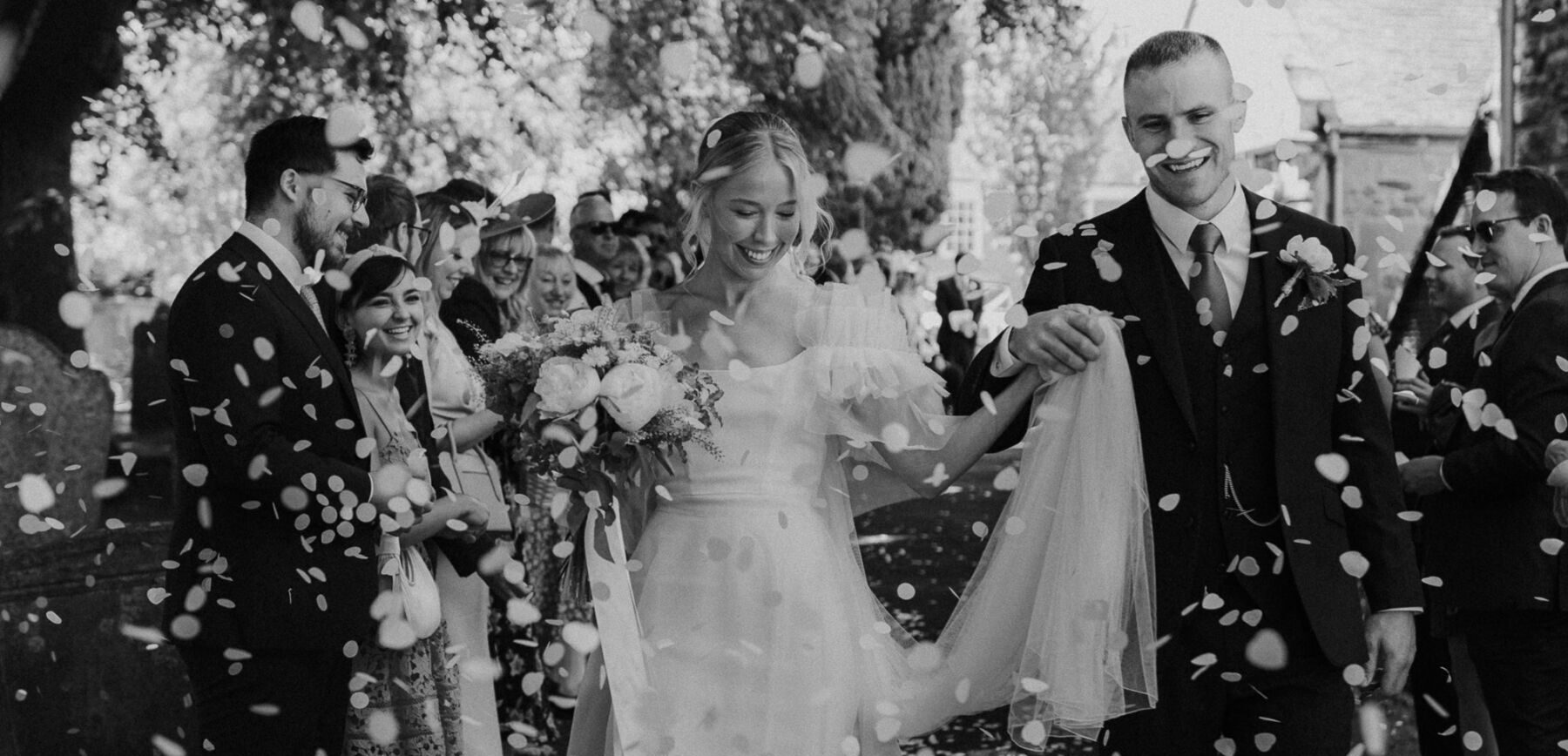
Fabulous article, a wedding dress isn’t just for “one day” it’s for a lifetime of memories as to how it made the bride feel on that day!
I am now divorced but still have my dress and still love how it made me feel on that day, thanks to the love, patience and dedication of the boutique I purchased it from!
Thanks for taking the time to read and comment! I still love the pictures from my first wedding and with distance can think fondly of the day and the marriage. Your support is invaluable xxx
Wow, what an insight!
Thank you Emma, that was an incredible piece of writing which I thoroughly enjoyed reading.
Hi Christian – thanks! Given I was immediately angry about The Pool article I am surprised my response was even vaguely literate. However it is an argument we all in the trade have in our heads all the time.
Spot on Emma. A fantastic article. X
Thanks Sam – I really appreciate Annabel’s willingness to let me hijack her blog for real time responses to challenges we face in boutiques and design houses. xxx
Brilliant, articulate and insightful…… as always!
Harriet – thank you for your support. I don’t know why I always feed the need to fight the good fight for all of us but I know what it takes to be artisan and juggling what we love to do with all our commitments. We need medals not a mauling!!!!
I’ve read both articles and I agree with Emma that budget & price are completely different things! But I must say…The Pool article insinuates that if you choose or simply are lucky enough to spend beyond the high street, you’ve forgotten what getting married is about and that by purchasing from a wonderful boutique (incidentally I had the pleasure of purchasing a silk beaded Jenny Packham beauty of a dress from miss bush…albeit a few years ago. Which I still completely adore) you would be doing yourself, friends, family’s disservice by doing so. Working in women’s fashion, I do find that while the consumer may think the high street are doing something great by offering a product fit for purpose at a lower price (ie cheaper brides gowns, asos cheaper bridesmaids peices) this in no way replaces the experience that any bride would receive in a specialist bridal boutique. Equally I question the knowledge of a non bride “new to being a bridesmaid” who hasn’t had the experience herself just yet! As I said I understand and identify with the bride who simply doesn’t have the budget or has different priorities in terms of how she would prefer to spend it, but I don’t think she has “forgotten” what it’s all about regardless of which she chooses!
Hi Alicia, so lovely to hear from a Miss Bush bride. I could have spent days picking apart this article and explaining how many wrong assumptions, factual inaccuracies and crimes against female run businesses it was committing.
I too know that a ‘designer’ wedding dress is very often a once in a lifetime treat However I also love the High Street forces some of our more staid manufacturers to democratise design, shake up their thoughts and address a fast changing consumer environment. They are also excellent at delivering bulk bridesmaids dresses at the price being demanded by the consumer. The Pool wouldn’t know this though because they never ask!!!!!
Thanks for taking the time to respond
Emma xxx
Fantastic article great read!
Bloody Hell Emma, spot on!
Great Article. I remember every moment of wearing my dress and I have never worn it again but I still have it and can’t wait to show my daughter! Worth every penny for the way it made me feel and look. I will never wear a dress like it again! ❤️ Xxx
Yes!! What a fantastic article!